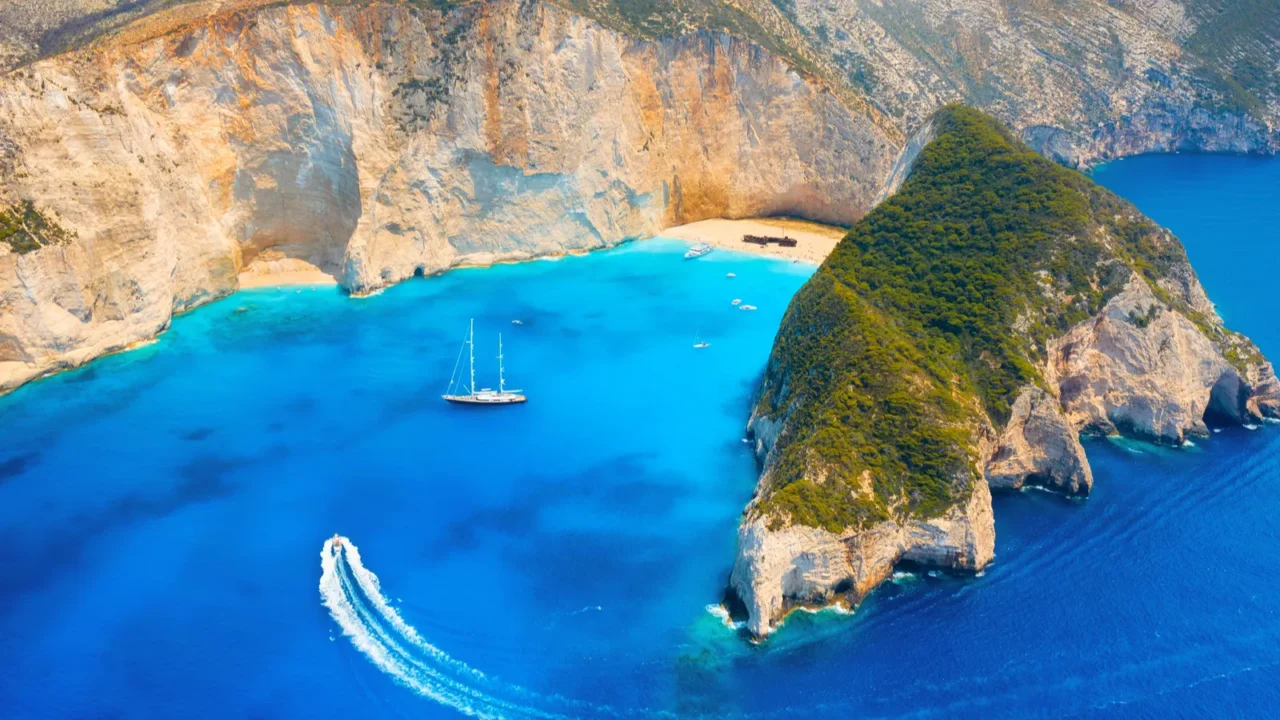
Diving dreams in the Mediterranean
The Mediterranean might be famous for its beaches and sunlit coastlines, but beneath the surface lies a whole other world. Shipwrecks tell stories of history, coral reefs glow with color, and tunnels lead divers into a realm few get to see. It’s a side of the region that’s just as breathtaking as its villages and cuisine.
From Malta’s legendary wrecks to Spain’s protected marine parks, every site has its own personality. Some are perfect for first-time divers, while others challenge even the most experienced. With crystal-clear waters and well-established dive centers, the Mediterranean is a playground for anyone ready to dive in.
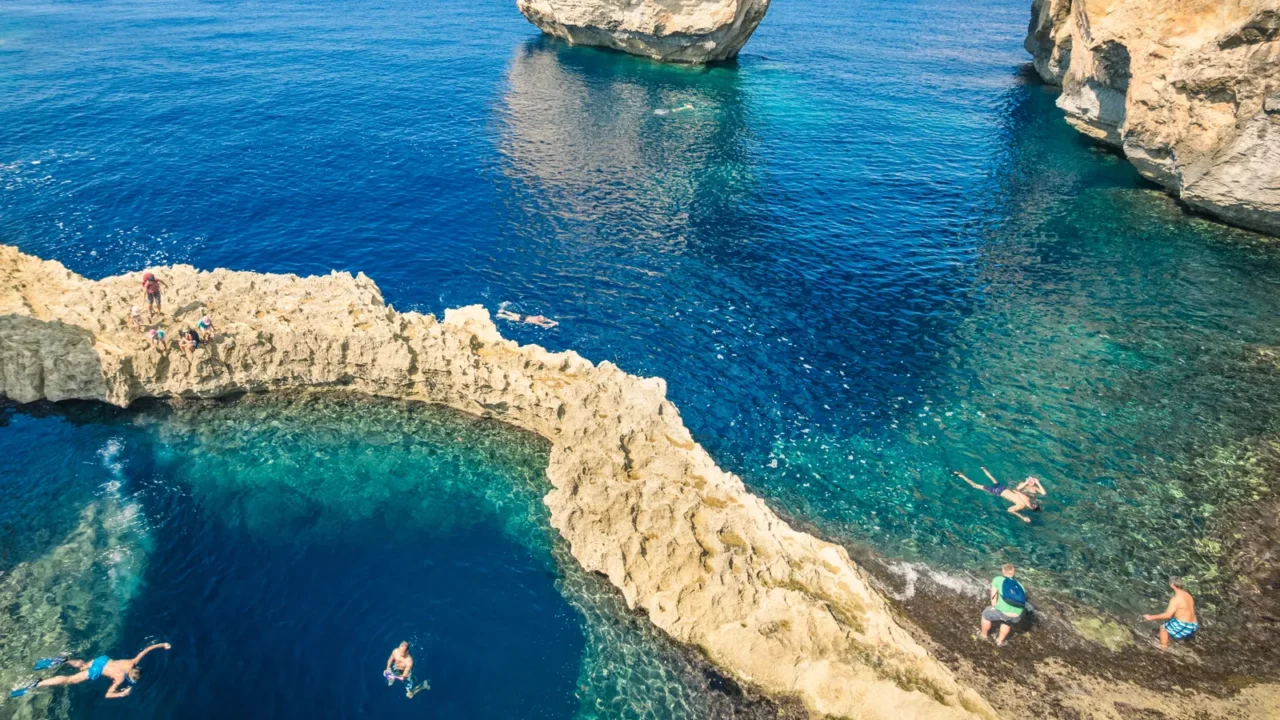
Malta’s diving reputation
Malta stands out as a top destination for divers in Europe. Sites like the Blue Grotto and Cirkewwa offer magical seascapes. Every year, thousands of divers travel here for the experience.
The island has dive sites for beginners and experts. Wreck diving is a highlight, but some require permits through Heritage Malta. Its infrastructure makes diving both accessible and safe.
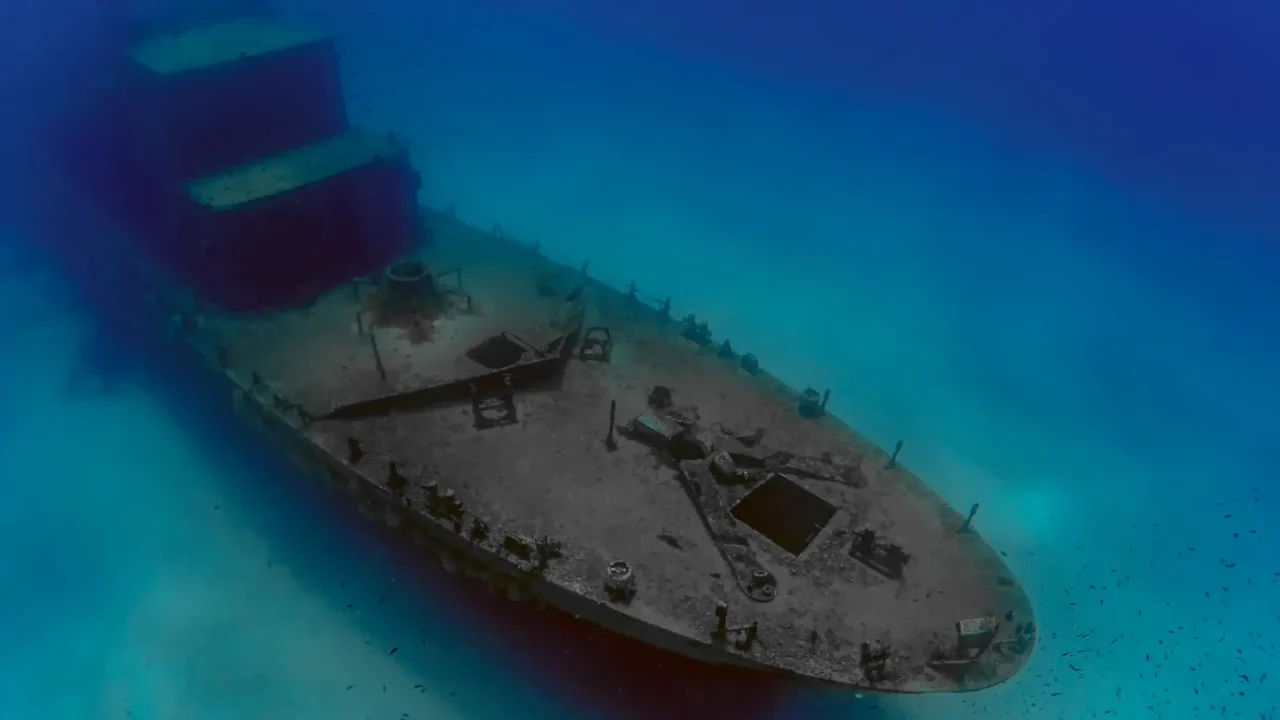
Exploring Malta’s wrecks
Few places in the Mediterranean have as many historical wrecks as Malta. These range from World War II ships to intentionally sunk vessels that have become marine havens. Exploring them feels like diving into history.
Some wrecks are accessible only through accredited centers. This ensures the heritage is protected and divers stay safe. The mix of history and nature keeps Malta special.
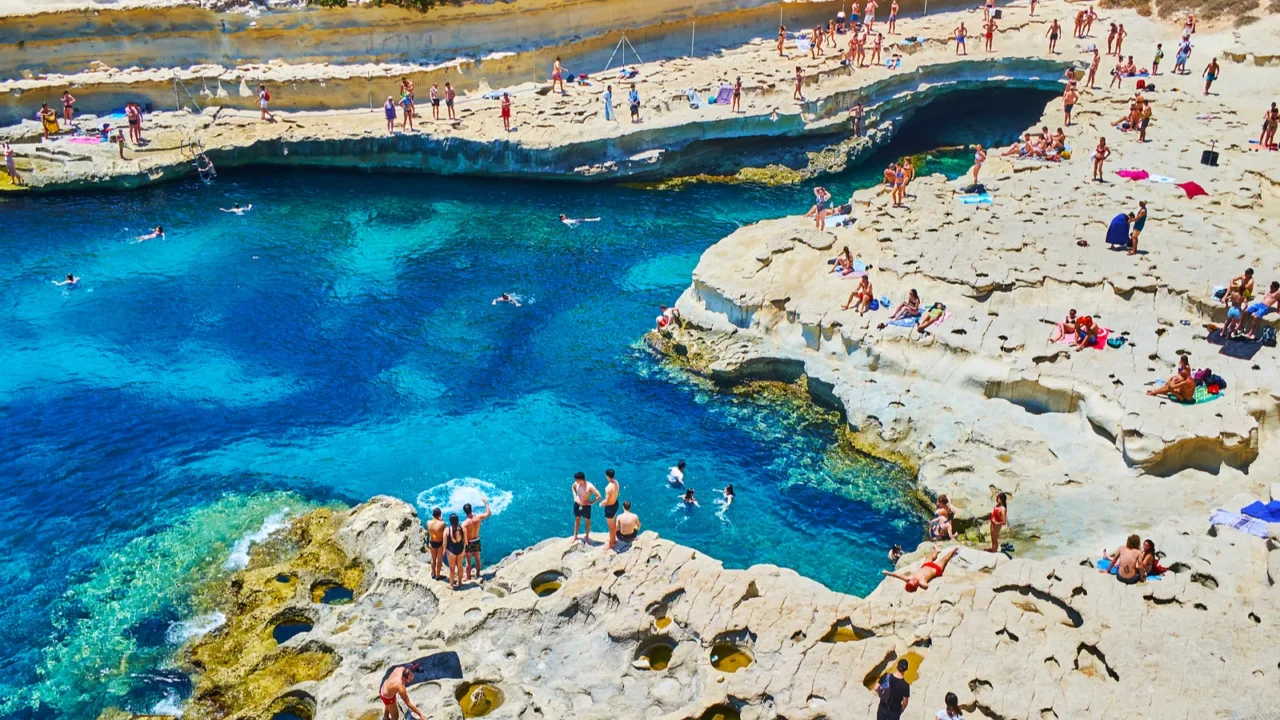
Malta’s visitor numbers
Malta attracts around 182,000 divers annually. That figure shows how strong its reputation has become. With so many tourists, dive centers are plentiful and professional.
It also means booking in advance is smart, especially in peak season. Demand can be high, but the variety of sites helps spread visitors out. The island is ready for both casual and dedicated divers.
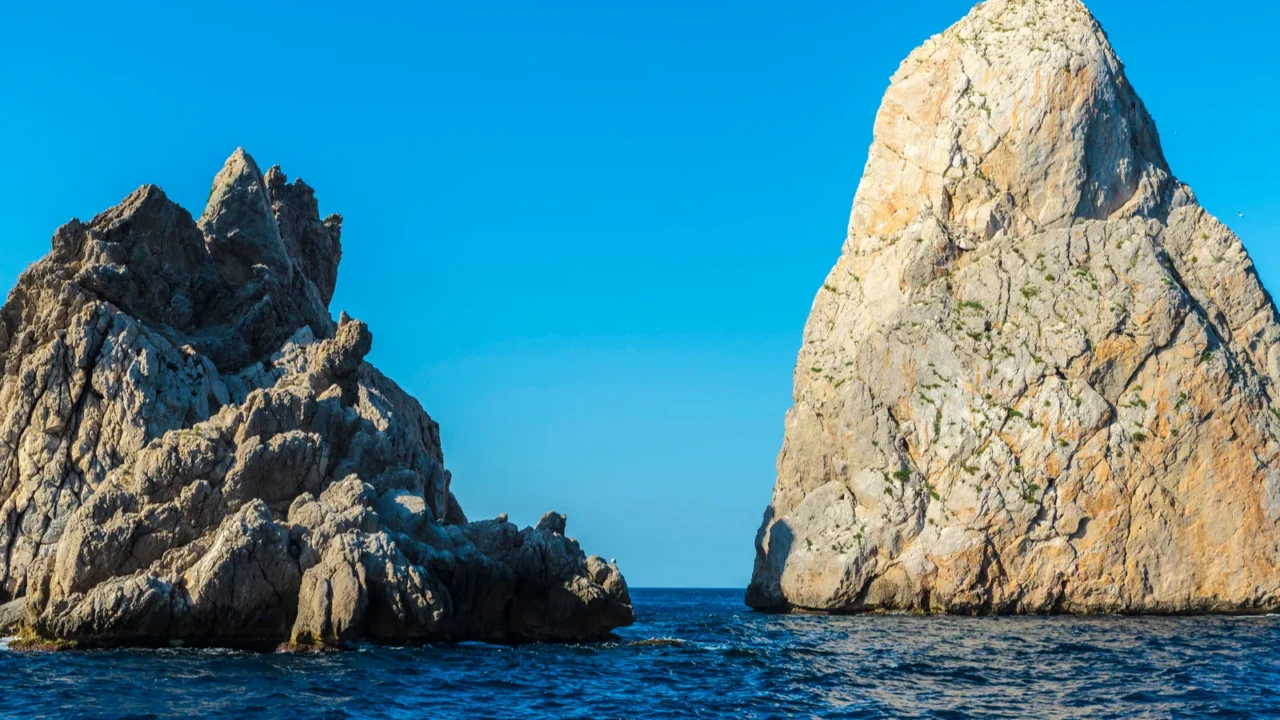
Medes Islands overview
The Medes Islands off Spain’s Costa Brava are one of the Mediterranean’s best protected diving areas. The marine reserve has been under protection since 1983. That protection has allowed wildlife to thrive.
Divers come for its underwater caves and colorful coral. Big groupers are common, along with many other species. The sense of conservation makes every dive rewarding.
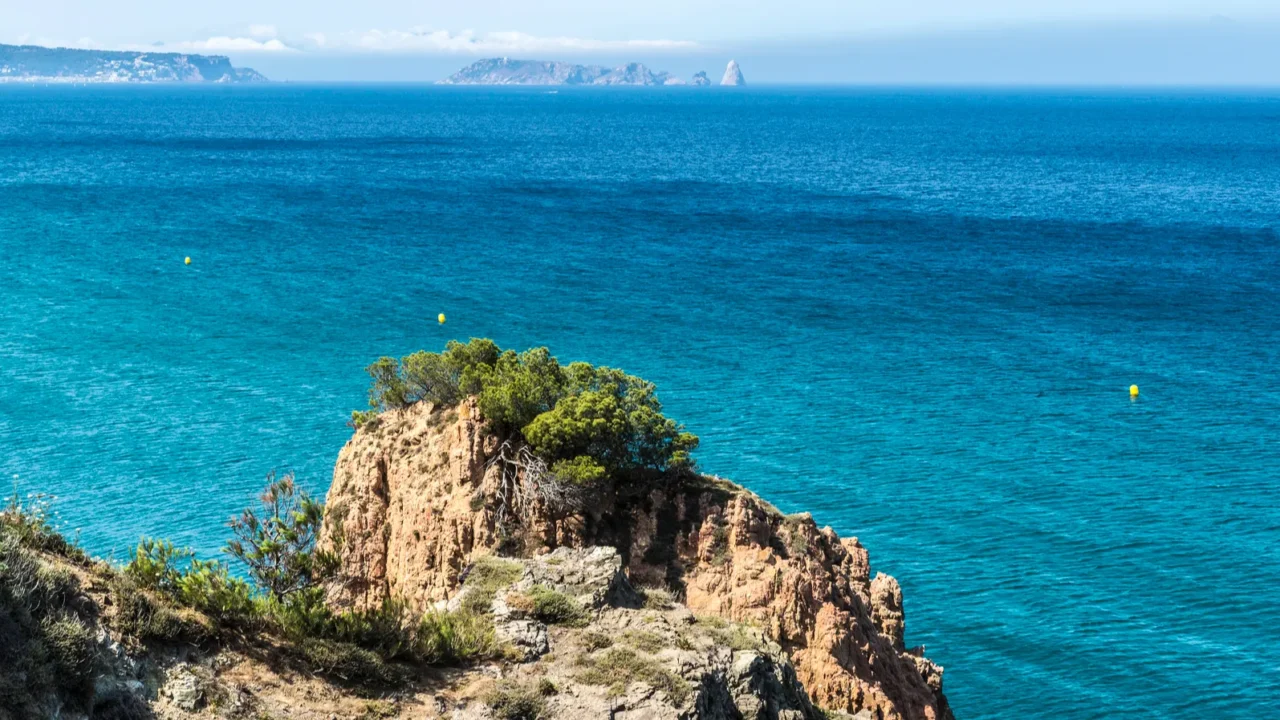
Highlights of Medes dives
El Dofí and La Vaca are two of the most famous dive sites. They feature tunnels, swim-throughs, and coral walls. Each dive brings new surprises.
The islands are home to rare red coral and schools of fish. Their biodiversity has made the area world-renowned. Strict regulation ensures it stays that way.
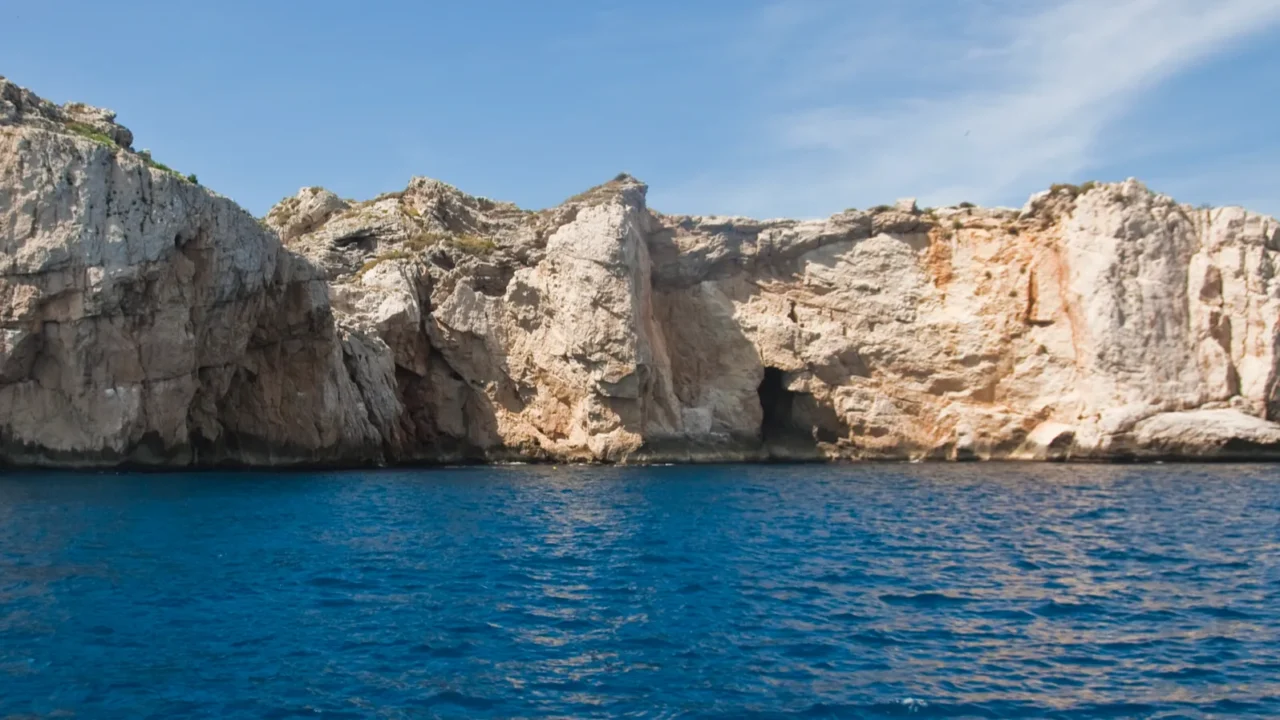
Diving regulations at Medes
Because the Medes Islands are protected, certain rules apply. Beginner “try dives” aren’t allowed here. This preserves the fragile ecosystem for future generations.
Snorkeling, however, is encouraged and gives non-divers a chance to see the reserve. Certified divers can enjoy guided dives with local operators. These rules balance access with sustainability. It’s a great example of tourism and protection working together.
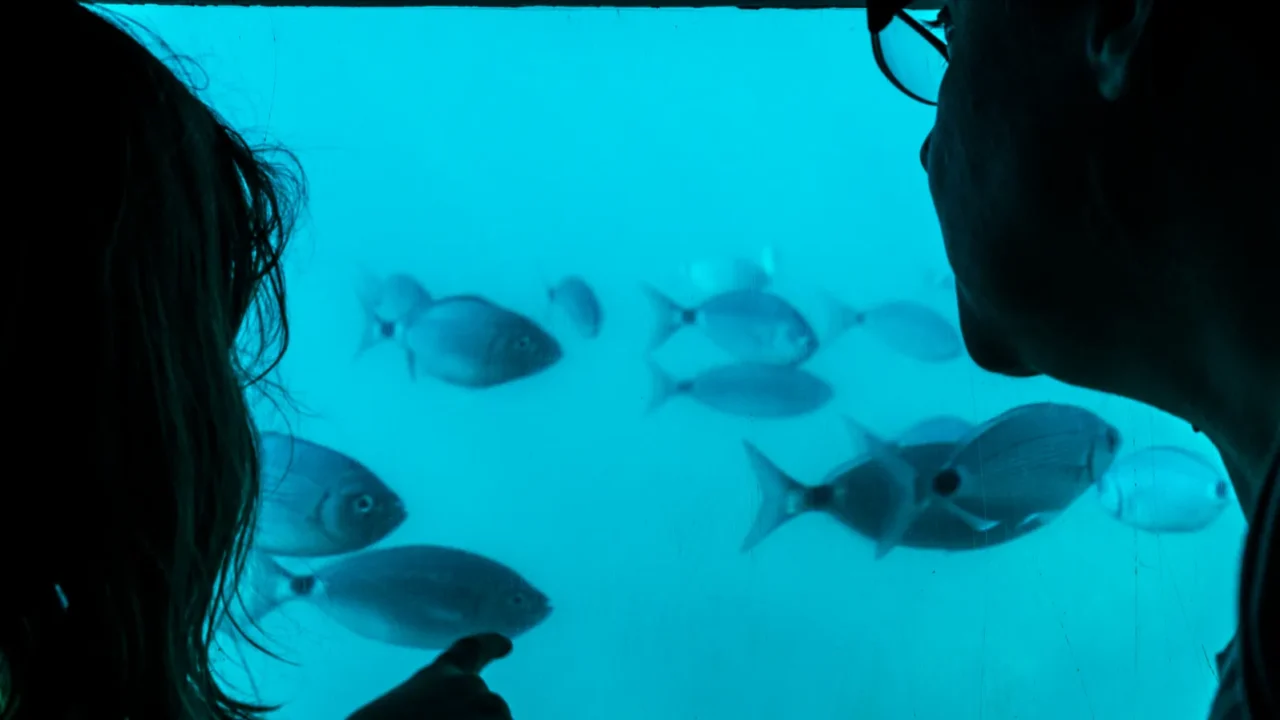
Costa Brava underwater gems
Beyond Medes, the Costa Brava coast offers spectacular diving. Sites like Furió Fitó and Canons de Tamariu are well known. The Montgrí coast adds even more variety.
Here you’ll find lobsters, barracudas, and octopuses. The mix of rocky canyons and marine life makes every dive adventurous. Intermediate and advanced divers especially love this region. The diversity keeps the Costa Brava high on diver wish lists.
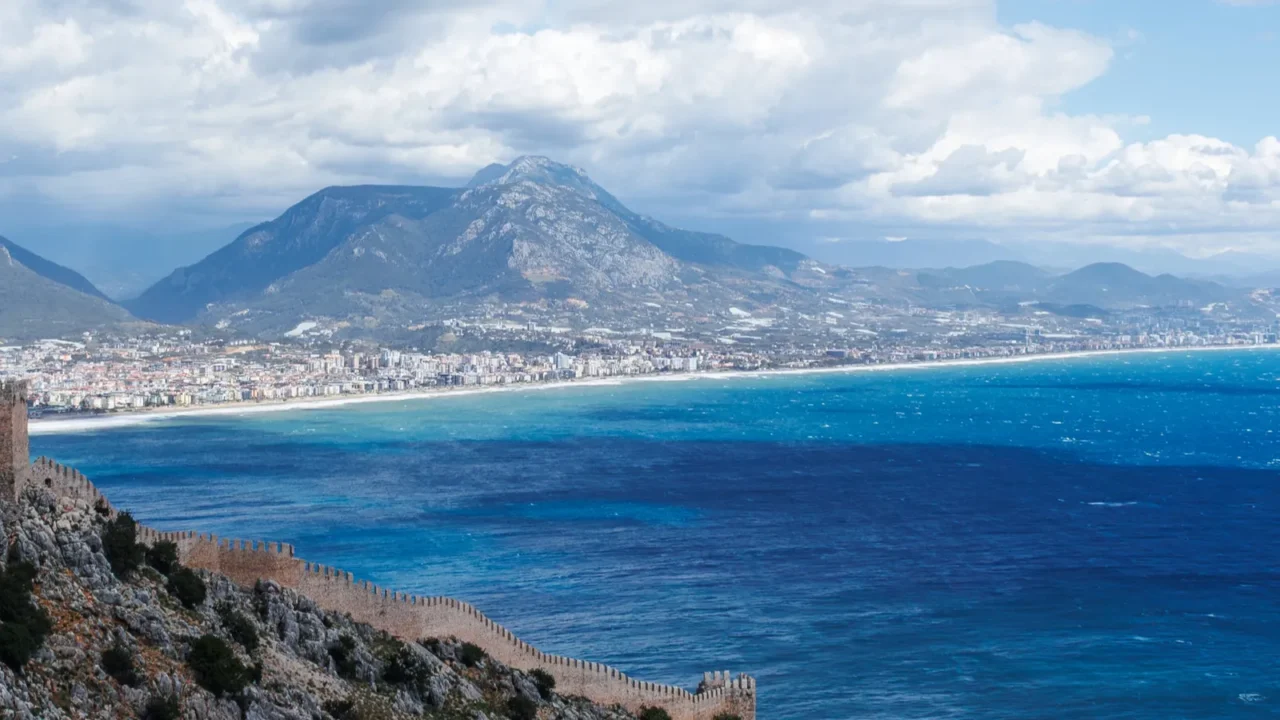
Turkey’s southern coast
The Antalya region of Turkey has become a diving hotspot. Its southern coast boasts crystal-clear waters and warm conditions. Ancient ruins add a unique element underwater.
Divers explore caves, walls, and marine reserves. Schools of colorful fish swim alongside historic remnants. It’s a place where history and nature combine perfectly. Every dive feels like two journeys in one.
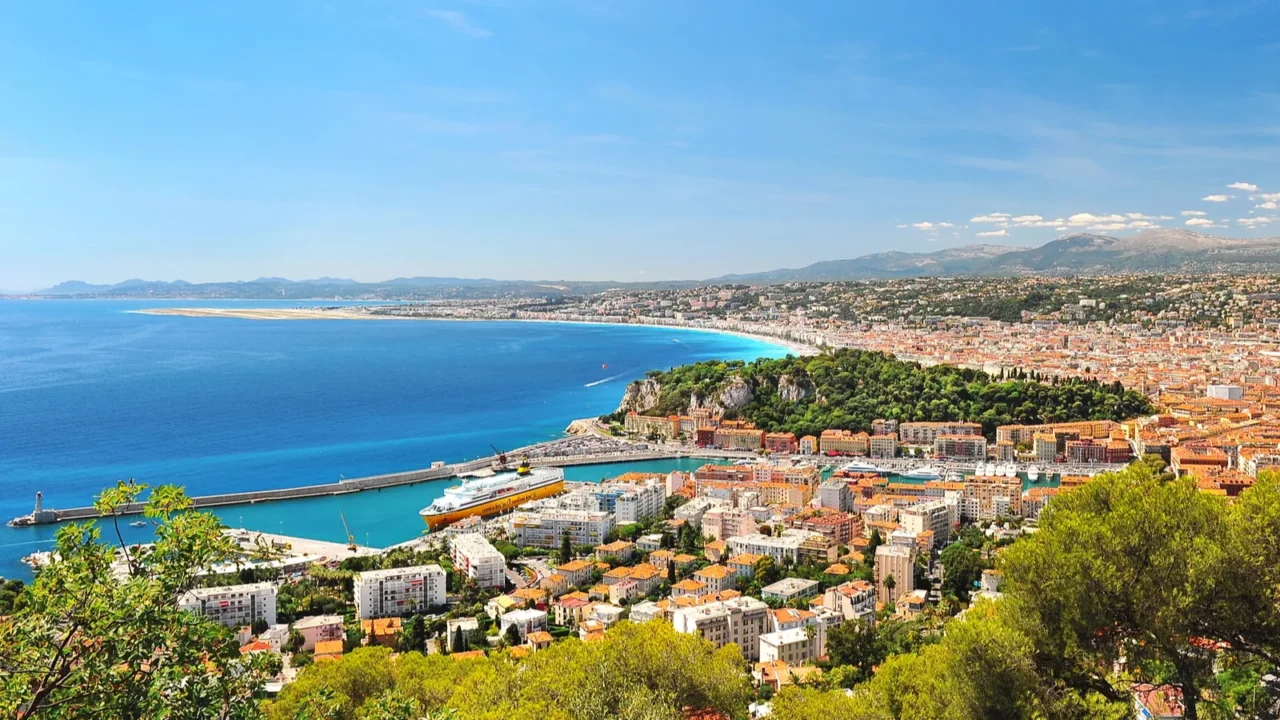
French Mediterranean sites
France offers diving around Hyères, Porquerolles, and Port-Cros. With over 50 dive sites, variety is guaranteed. Each site has its own landscape and marine life.
Porquerolles is famous for its clear waters and seagrass beds. Port-Cros is a national park with strict protections. Together, they’re favorites for both French and international divers. The combination of culture and conservation adds depth to the experience.
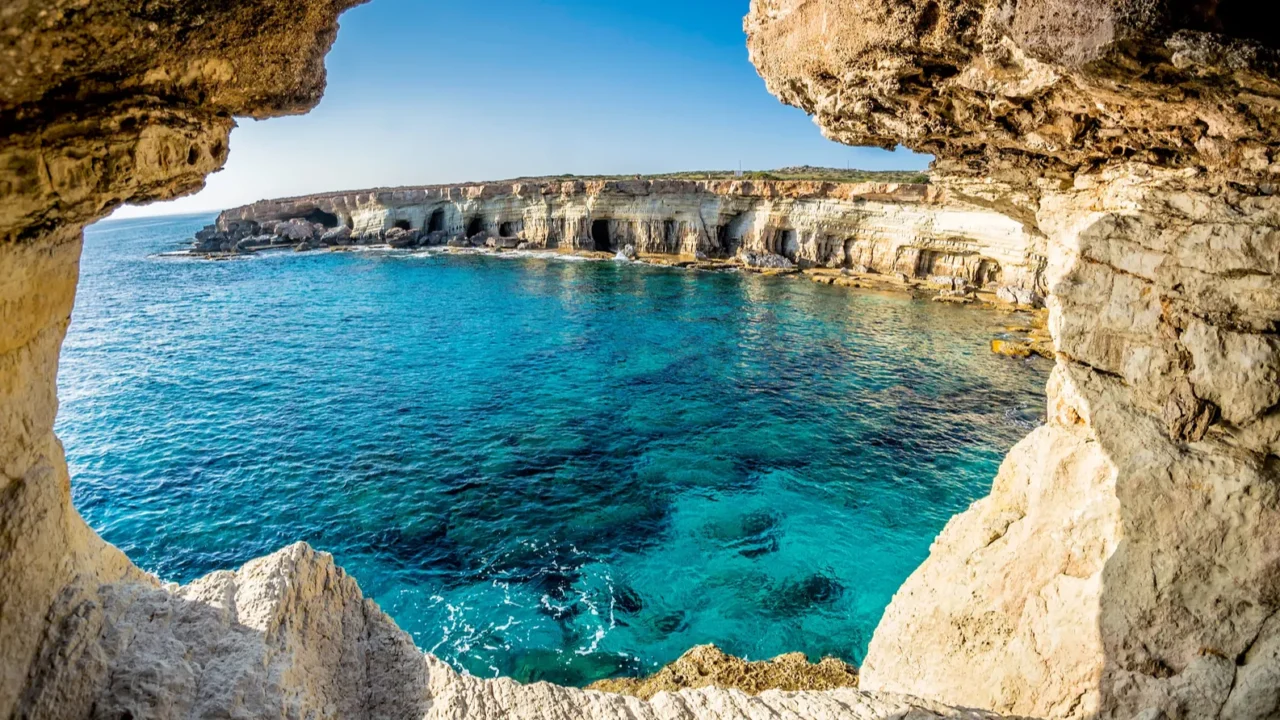
Diving in Cyprus
Cyprus is another Mediterranean favorite, especially for wreck diving. The Zenobia wreck is one of the world’s most famous. It’s a bucket-list site for many divers.
Other areas around the island feature caves and reefs. Warm water and good visibility make it beginner-friendly. It’s also easy to combine diving with a relaxing beach holiday. Cyprus is the kind of place where adventure meets leisure.
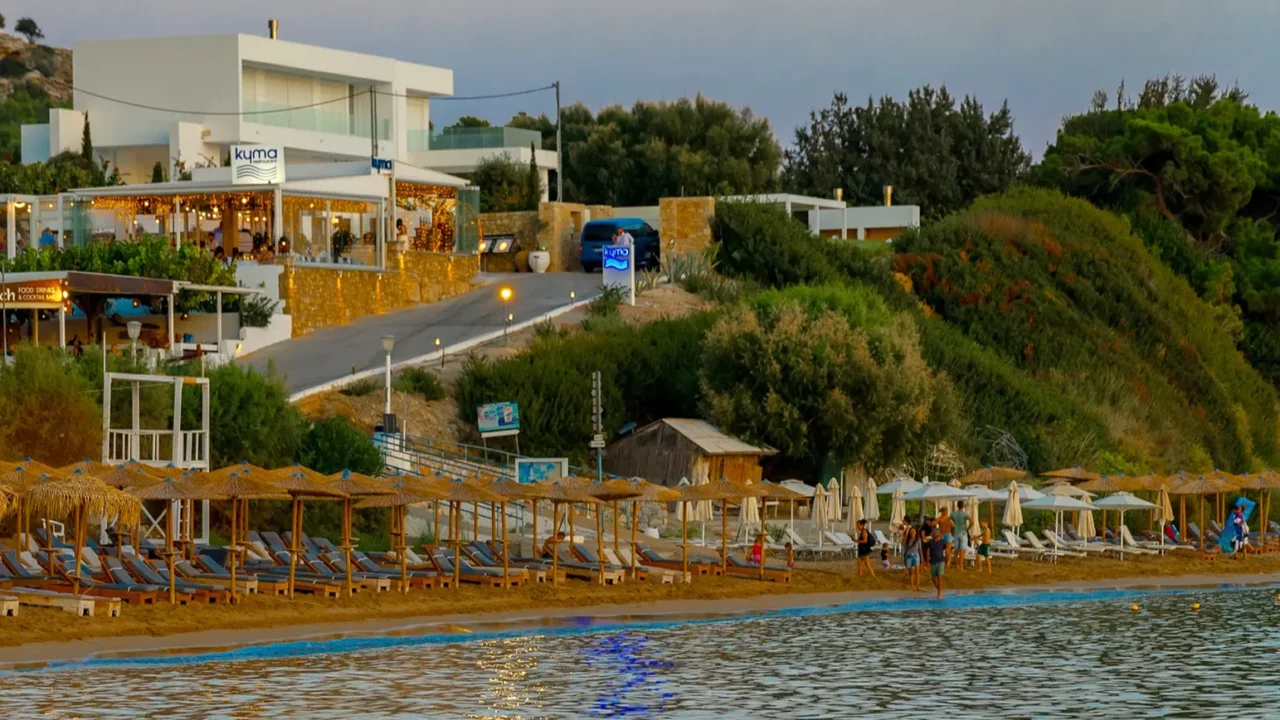
Greece’s underwater treasures
Greece has thousands of islands, many with excellent dive sites. The waters are clear and filled with colorful fish. Historic ruins also appear beneath the surface.
Popular regions include Crete and Rhodes. Each location offers different terrain and experiences. It’s a country where diving adds another layer to cultural exploration. The mix of ancient history and modern tourism makes it special.
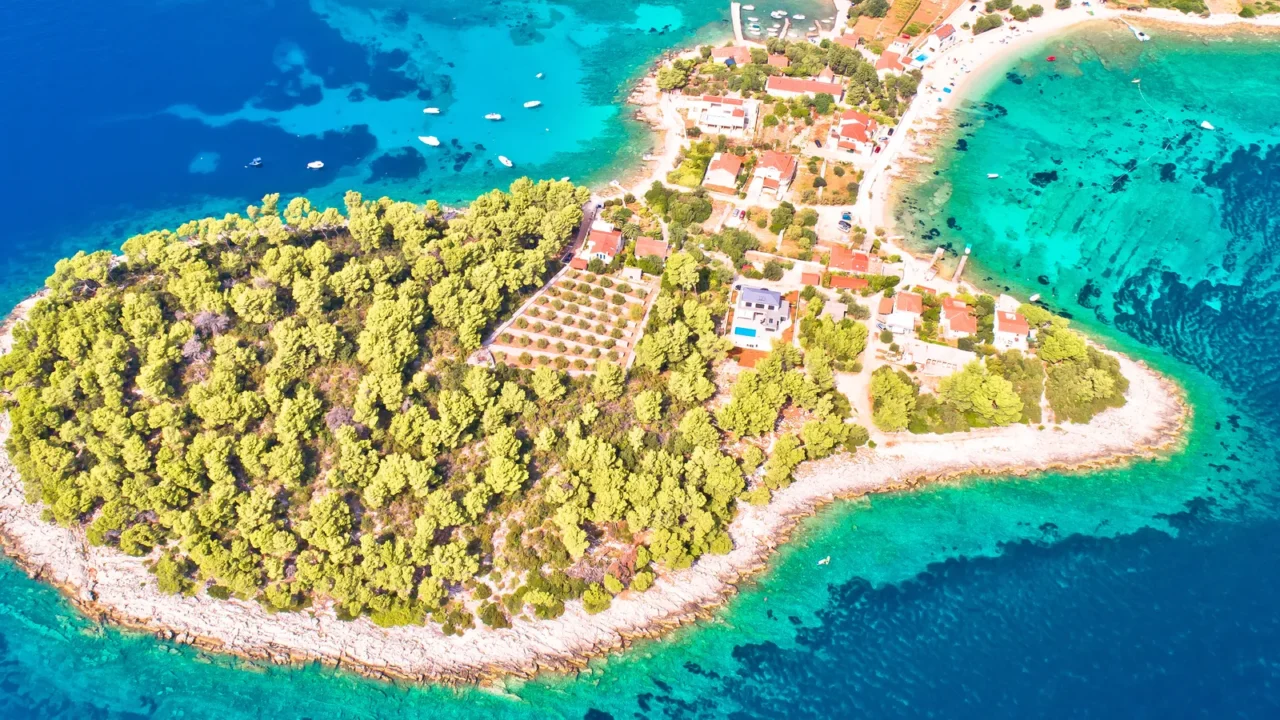
Croatia’s clear waters
Croatia’s Adriatic coast has become a top diving region. The water is some of the clearest in Europe. This makes it ideal for photography. It’s a growing hotspot that continues to rise in popularity.
There are caves, reefs, and wrecks scattered along the coastline. Islands like Vis are especially popular. The combination of beauty and accessibility attracts divers worldwide.
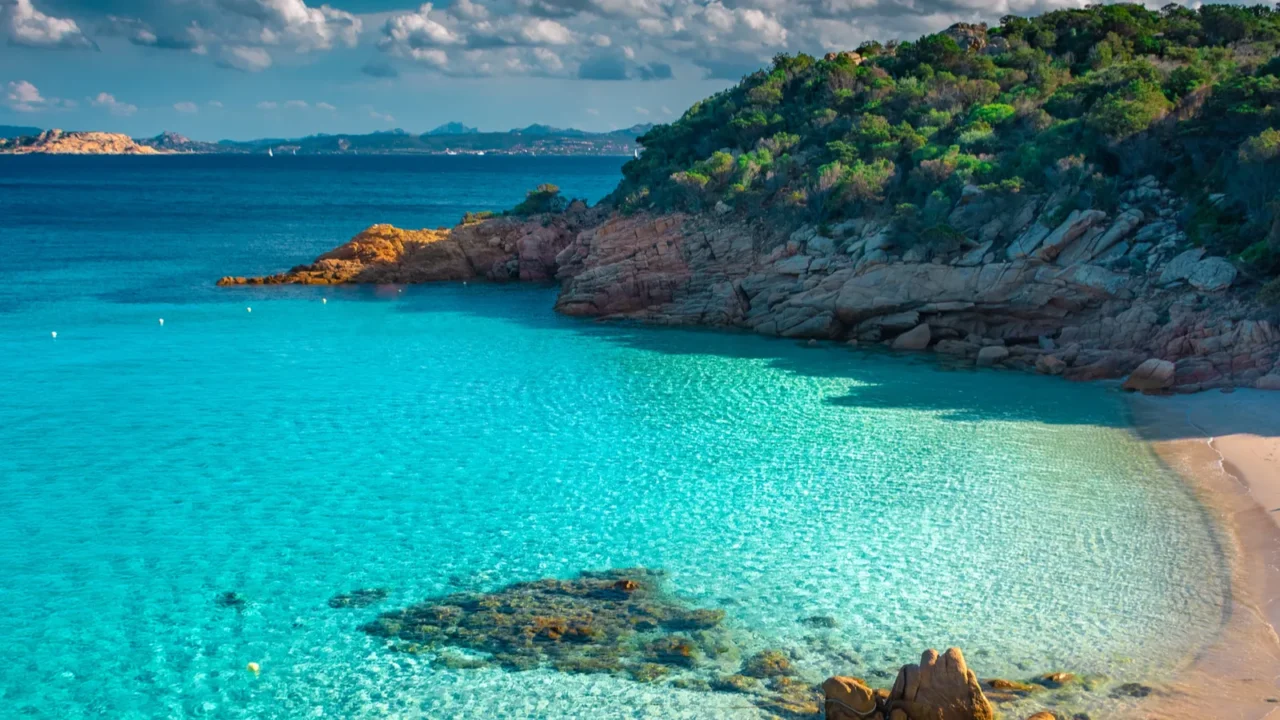
Sardinia’s dive culture
Sardinia is Italy’s top diving island. Its coastline is dotted with caves, reefs, and marine reserves. The waters here are famously blue and inviting.
Divers encounter groupers, barracudas, and even dolphins. Sites range from beginner-friendly to advanced. Sardinia is as good above water as it is below. Visitors often extend trips to enjoy both.
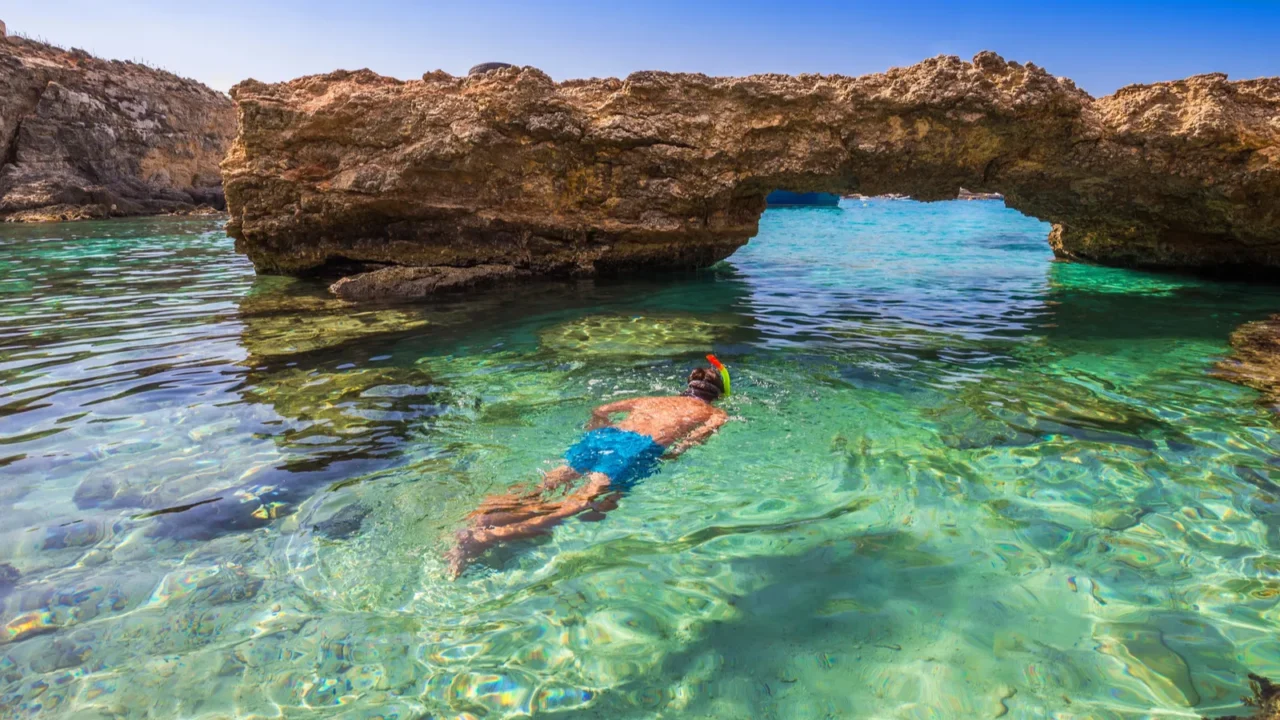
Diving conditions to expect
Mediterranean visibility is often excellent. Some areas have tunnels and canyons that add adventure. Others feature calm bays ideal for beginners.
Local dive centers help visitors with guided trips. Equipment rental is widely available. Courses are offered for every experience level. This makes the region welcoming no matter your skills. For those ready to take the plunge beyond the Mediterranean, Mindoro’s top diving spots are calling.
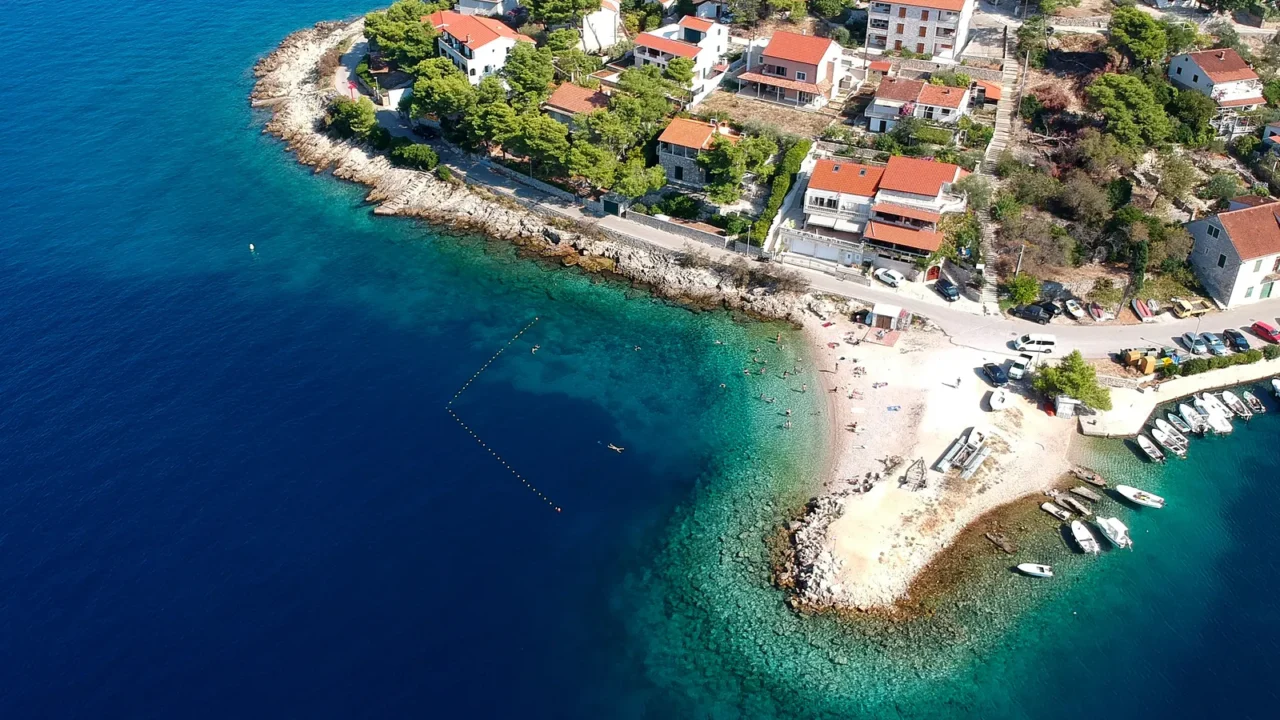
Sustainability matters
Marine protection is crucial across the Mediterranean. Sites like Medes Islands prove how conservation supports tourism. Rules keep ecosystems safe for future generations.
Divers are asked to respect local guidelines. Avoiding contact with coral and wildlife is key. Following these rules ensures these spots remain spectacular. And just as the Medes Islands protect their treasures, the tallest snowcapped peak in the Rockies hides a turquoise gem waiting to be discovered.
Have you ever explored underwater in the Med? Share your experience below.
Read More From This Brand:
- The U.S. border Canadians say to avoid on trips to see a loved one
- Planning a New England foliage trip? This Vermont town stands out as truly unique
- Add these 10 epic European monuments to your bucket list
Don’t forget to follow us for more exclusive content right here on MSN.
This slideshow was made with AI assistance and human editing.